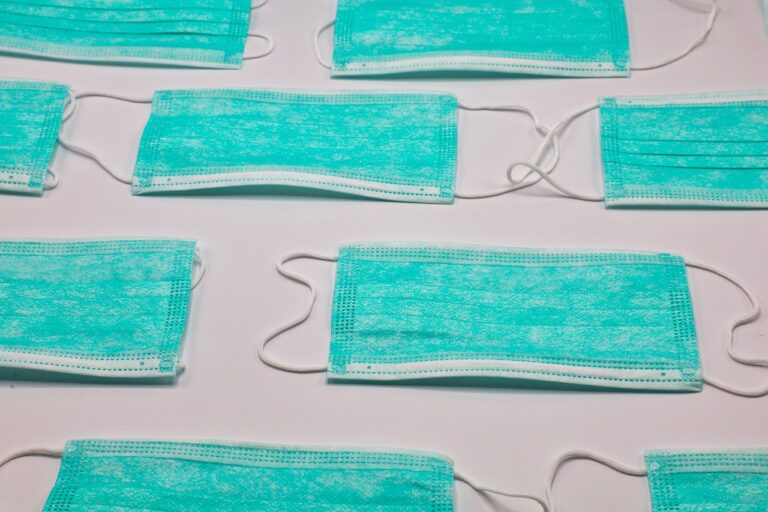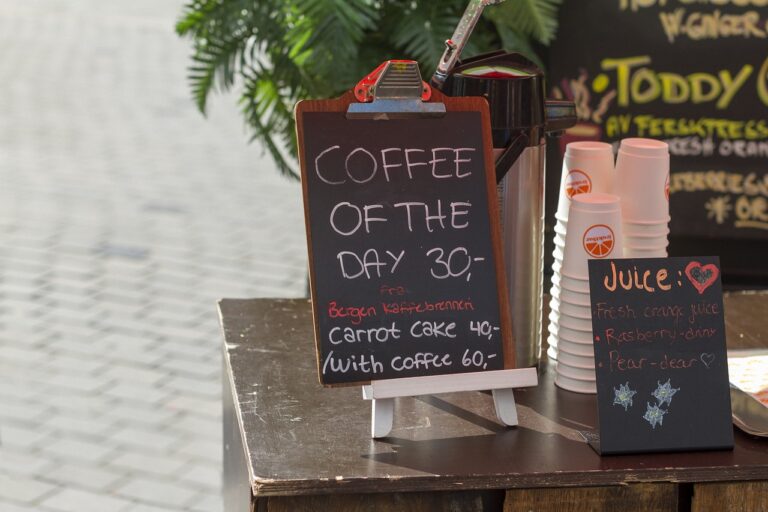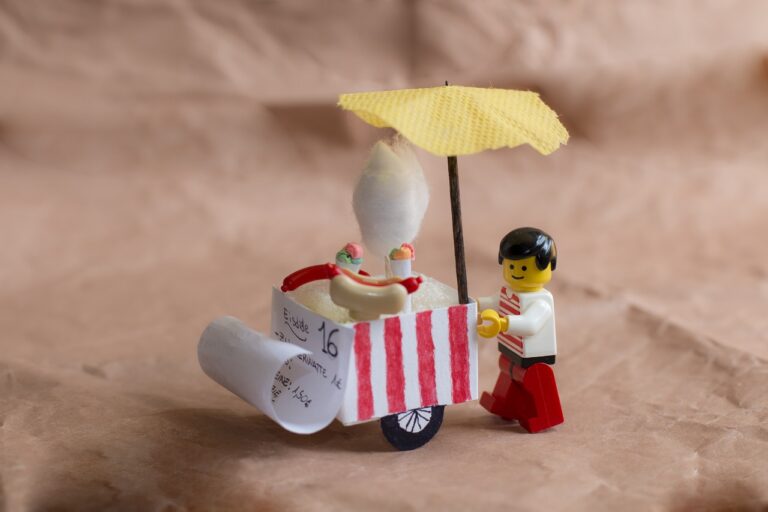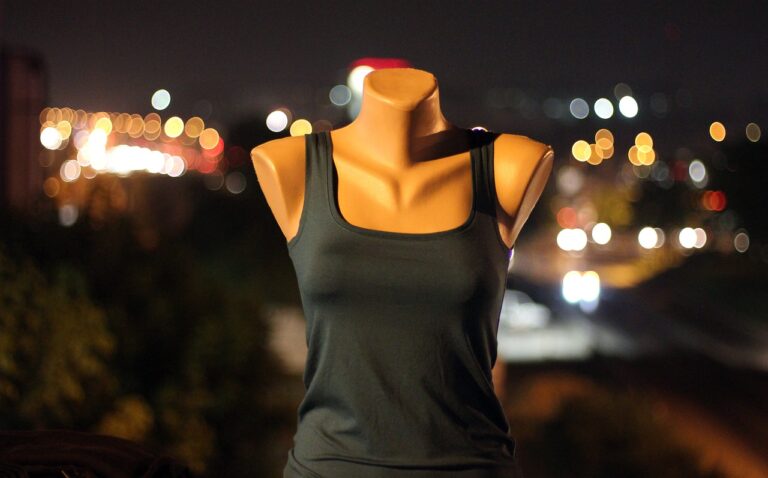The Psychology of Impulse Buying: Understanding the Urge to Splurge
Impulse buying behavior is often influenced by various factors that can trigger spontaneous purchases. One key factor is the environment in which consumers find themselves. Factors such as store layout, promotional displays, and even background music can all play a role in enticing customers to make unplanned purchases. These environmental stimuli can create a sense of urgency or excitement, leading consumers to make impulse buys they may not have otherwise considered.
Another important factor in impulse buying behavior is the influence of social interactions. Peer pressure, recommendations from friends or family, and even seeing others make purchases can all sway an individual’s decision to buy on impulse. The desire to fit in or keep up with others can lead consumers to make spontaneous purchases, even if they had not planned to do so beforehand. Additionally, the influence of social media and online reviews can also impact impulse buying behavior, as individuals may be more likely to make quick purchasing decisions based on the opinions of others.
The Role of Emotions in Impulse Purchases
Emotions play a significant role in influencing impulse purchases. When a consumer experiences a strong emotional response to a product or situation, it can override rational decision-making processes and lead to impulsive buying behavior. For instance, feelings of excitement, desire, or fear can prompt individuals to make spontaneous purchases without carefully considering the consequences.
Moreover, emotions can create a sense of urgency or FOMO (fear of missing out) that drives impulse buying. Marketers often leverage emotions through targeted advertising and promotional strategies to evoke specific feelings that motivate consumers to act impulsively. By tapping into consumers’ emotions, companies can capitalize on impulsive tendencies and increase sales through emotional triggers.
What are some common factors that influence impulse buying behavior?
Some common factors that influence impulse buying behavior include emotions, marketing tactics, social influences, limited time offers, and personal preferences.
How do emotions play a role in impulse purchases?
Emotions can play a significant role in impulse purchases by influencing a person’s decision-making process. Positive emotions such as excitement or happiness can lead to impulsive buying behavior, while negative emotions like stress or sadness can also trigger impulse purchases as a way to cope.
How can marketers leverage emotions to encourage impulse purchases?
Marketers can leverage emotions by creating advertisements or promotions that evoke specific feelings in consumers. By tapping into emotions like fear of missing out, happiness, or desire for social approval, marketers can encourage impulse purchases.
Are impulse purchases always a bad thing?
Not necessarily. While impulse purchases can sometimes lead to regret or overspending, they can also bring joy and excitement to consumers. It ultimately depends on the individual’s financial situation and whether the impulse purchase aligns with their values and priorities.
How can consumers avoid making impulse purchases?
Consumers can avoid making impulse purchases by practicing mindfulness, creating a budget, making shopping lists, and avoiding triggers that lead to impulse buying. It can also be helpful to take a moment to pause and reflect on whether the purchase is truly necessary before making a decision.







